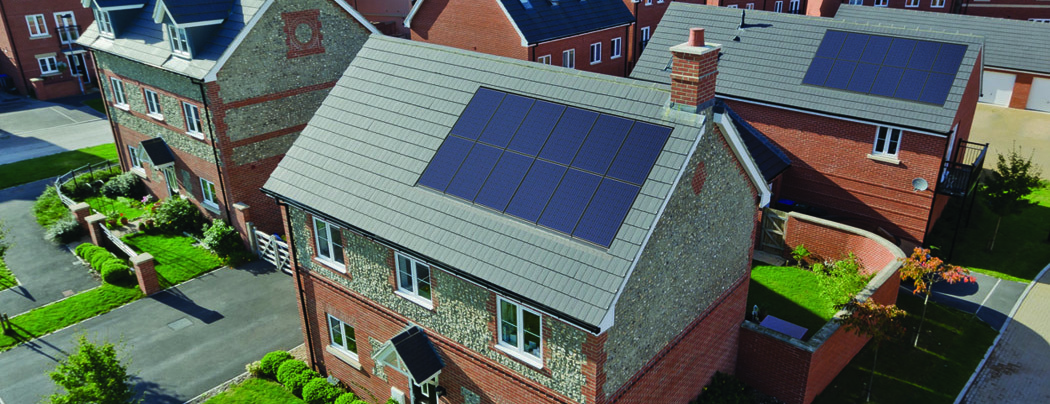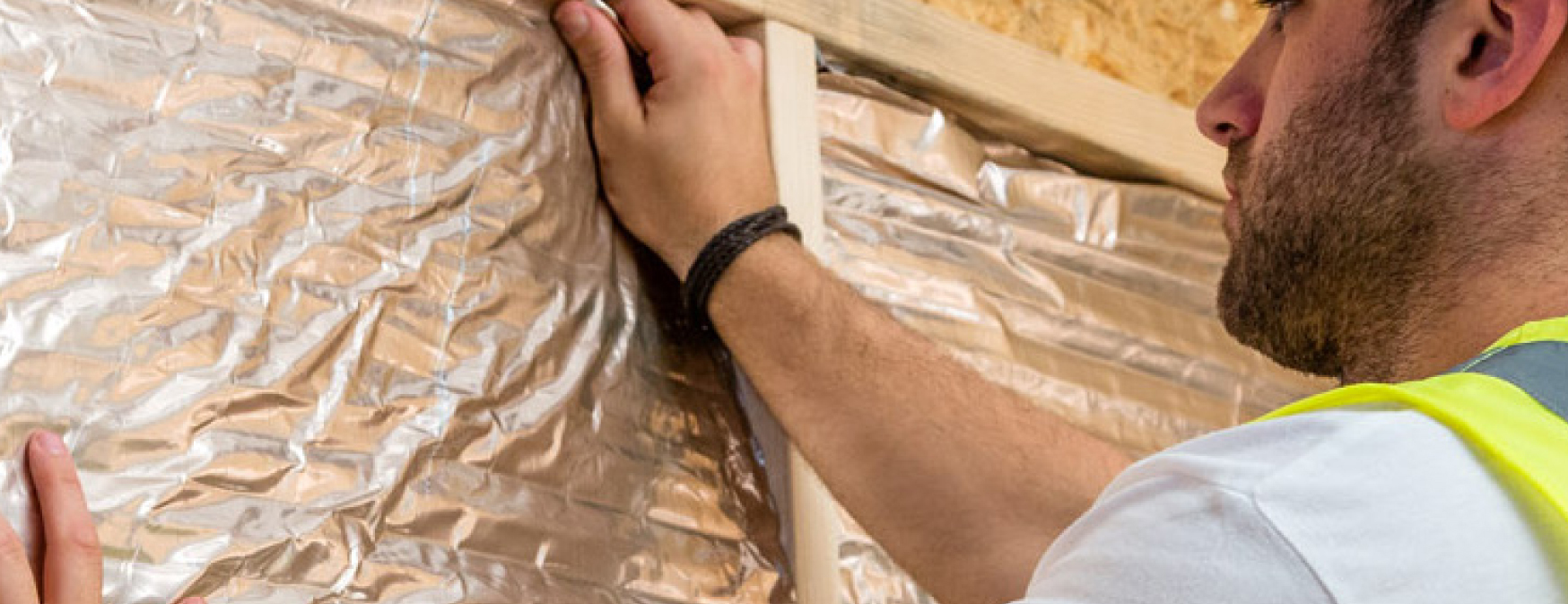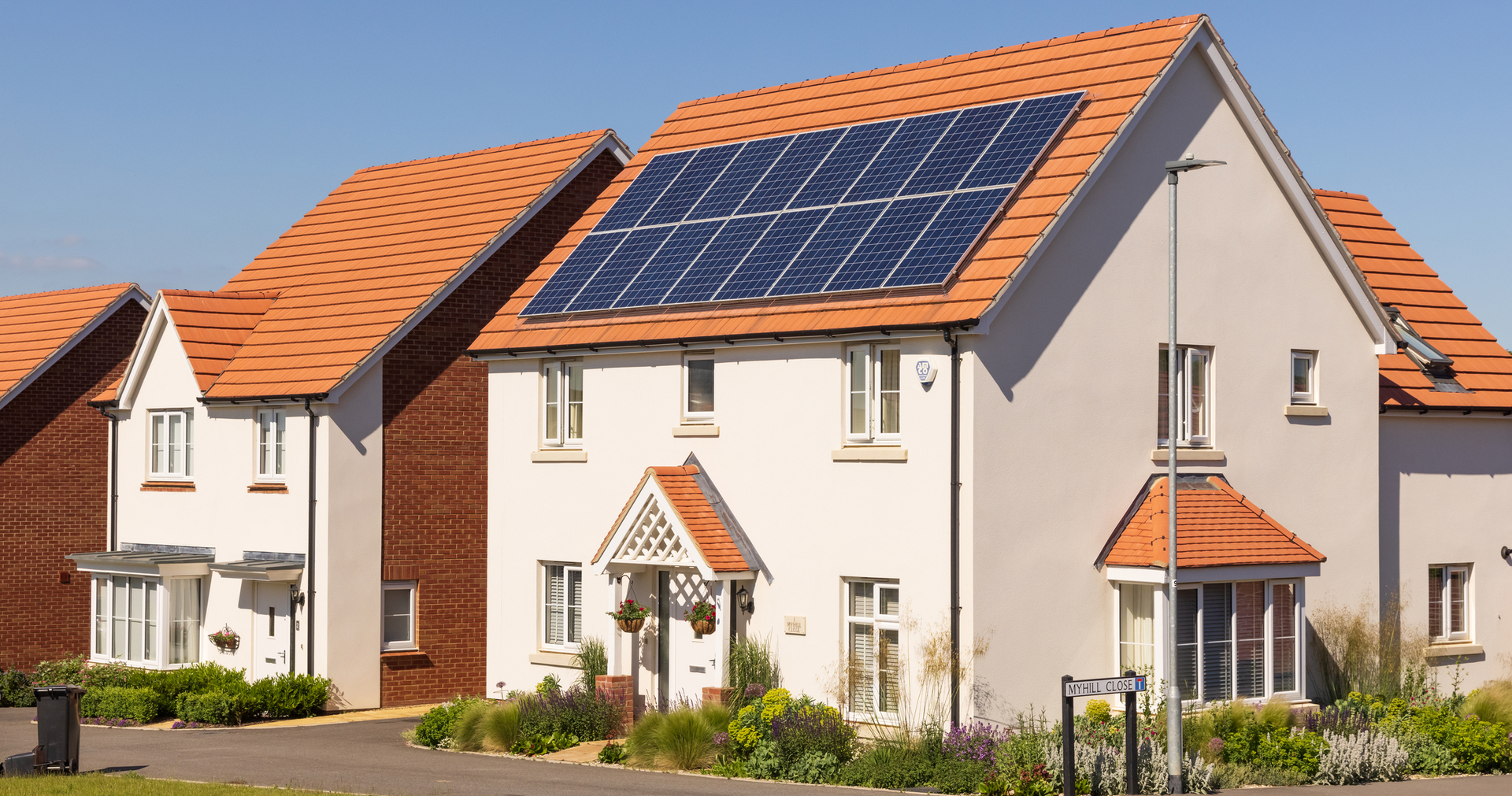Guide to Approved Document Part L 2021
Posted on 7th July 2023
The new Part L 2021 standards set out a range of requirements for achieving more energy efficient building fabric, heating systems, hot water systems, ventilation systems, lighting and controls, renewable energy sources, and building services commissioning. It is essential to ensure that all these requirements are met to comply with the regulations and help create an energy efficient building for the future.
With the deadline for transitioning to Part L 2021 having now passed, this guide includes key information on the Part L changes.
Summary of Key Part L Changes

Fabric energy efficiency: The building fabric must be designed to meet a required level of energy efficiency, based on the calculated U-value for the building element.
Air permeability: All dwellings must now be tested for their air permeability and need to achieve a value of no worse than 8 m3/(h. m2) at 50Pa (or they can achieve a value of 1.57 m3/(h. m2) at 4Pa under the new Pulse Test)
Heating system efficiency and controls: All heating systems must be designed with suitable controls and an appropriate heat source, including accurate time control, correctly sized radiators and pipework layouts, efficient pumps, thermostatic radiator valves and motorised zone valves where appropriate.
Hot water systems and insulation: All hot water systems must be designed to minimise losses from storage and distribution, with suitable insulation for all hot water pipes and storage tanks.
Ventilation systems: All ventilation systems must be designed to meet the relevant standards, including mechanical ventilation systems where necessary.
Lighting and controls: All lighting systems must be designed to meet the relevant standards, including automatic daylighting control where appropriate. Electrical appliances should also have low standby power requirements.
Renewable energy: Renewable energy sources may form part of the overall building design, such as solar thermal collectors or photovoltaic panels, and should be included where practicable and cost effective.
Building services commissioning: Building services should be commissioned prior to occupation to ensure that all systems are correctly installed and working efficiently.
Part L U-value Advice
Part L of the Building Regulations requires that all new buildings and existing buildings undergoing major works must meet the requirements for energy efficiency, as set out in Part L 2021. This includes achieving a certain level of energy efficiency through the building fabric, which is based on the calculated U-value for each element of the building envelope.
The U-value measures how well an element of the building fabric retains heat – a lower U-value indicates better insulation and therefore reduced heat loss, resulting in more efficient energy usage.
Changes to Psi-value Calculations
Psi-value calculations are an important part of achieving energy efficiency in buildings, as they provide a way of assessing the overall performance of the building fabric.
The 2021 version of Part L introduces new Psi-value calculation requirements for both new build and existing buildings that are undergoing major works. This includes revised minimum U-value requirement for certain elements of the building envelope, introducing a minimum air permeability requirement, and making adjustments to heat loss factors related to glazing.
The changes to Psi-values are designed to ensure that buildings have improved energy efficiency over time, by providing greater insulation and air tightness. This will help reduce energy bills and carbon emissions, ultimately helping to make our environment more sustainable.
Summary

When selecting products and materials for the building envelope, special care should be taken to ensure that they meet Part L 2021 standards. This includes ensuring that all products have low U-values, are airtight and adequately insulated. The Building Regulations set out specific requirements for each element of the building fabric, so it is important to choose products that meet these standards in order to comply with the regulations.
It is also important to consider the overall performance of different materials when making a selection. This includes considering their thermal resistance, airtightness and durability as well as their environmental impact. By taking into account the performance characteristics of different materials, you can ensure that your building meets the energy efficiency requirements of Part L 2021.
For full details of Approved Document L, and to download the document in full, please visit the GOV.UK website here
Tagged as: Energy Efficiency, Environment
Share this post:

